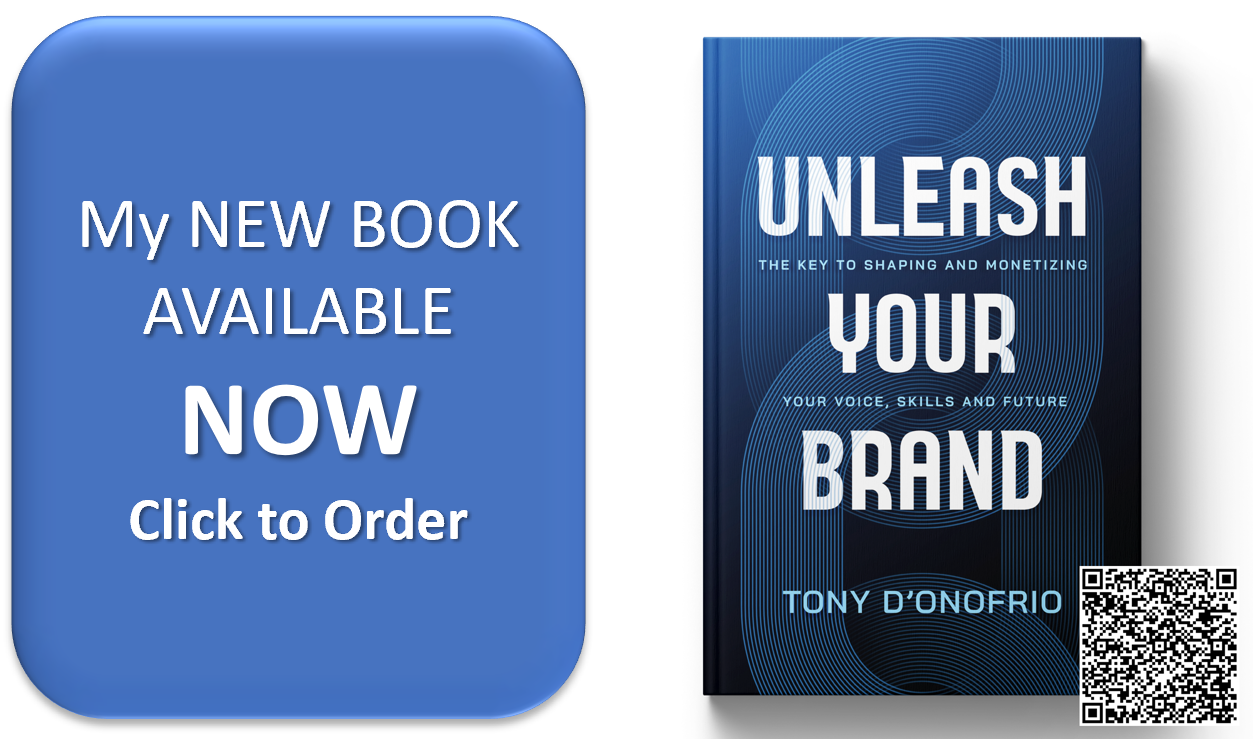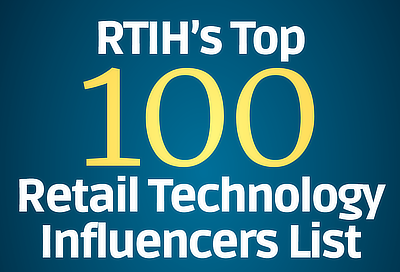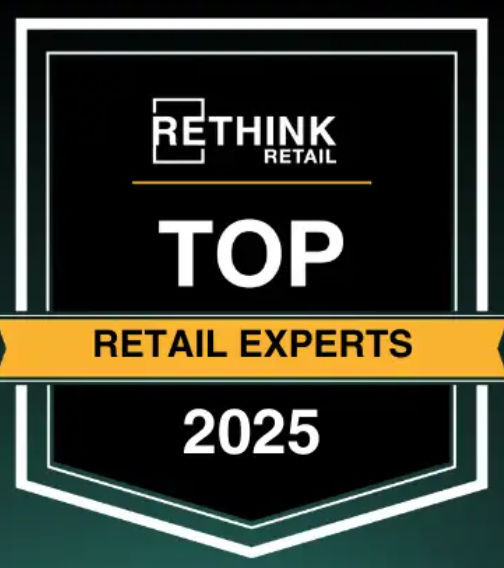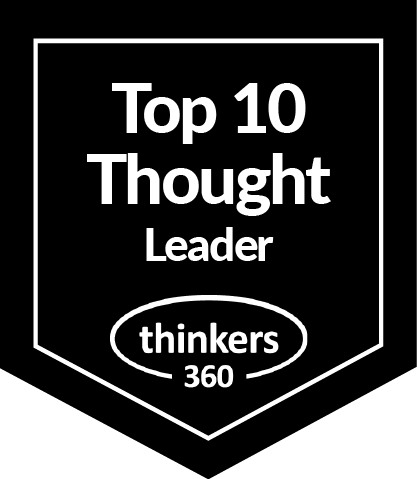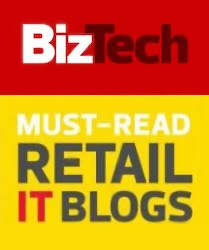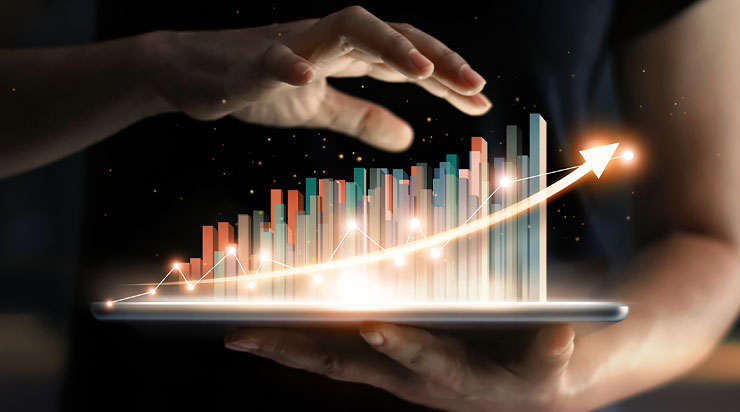Blog
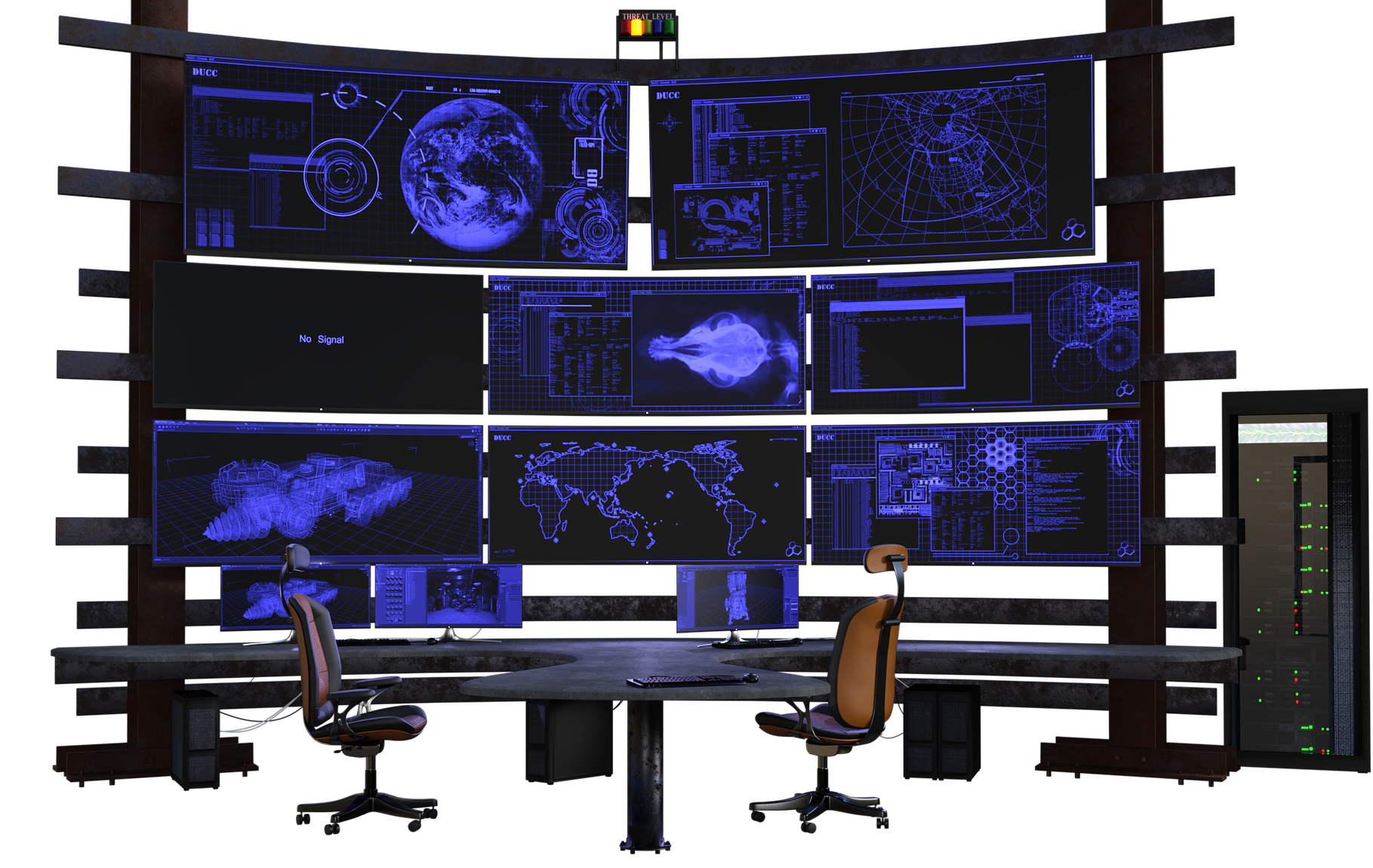
The Surprising Start of your Favorite LP Technologies
In Part 1 of this series, we explored the humble beginnings of department stores, supermarkets, and the first use of a bar code in a physical store. In Part 2, we expanded our innovation journey to discover the evolution and success of ecommerce, smartphones, and robots.
This Part 3 focuses on technologies that were originally invented to secure profit (cash register), property & high-risk areas (CCTV Camera), and consumer products (Electronic Article Surveillance or EAS).
Multiple of these originally envisioned security technologies transitioned into powerful data collection tools that optimize and increase the profitability of store operations. Great pleasure in one of my current roles to be working on next generations of multiple of the solutions in this series.
First Use of a Cash Register
It might be surprising, but the original purpose of the cash register was to stop theft. The inventor was James Ritty, a saloonkeeper in Dayton Ohio.
- Details
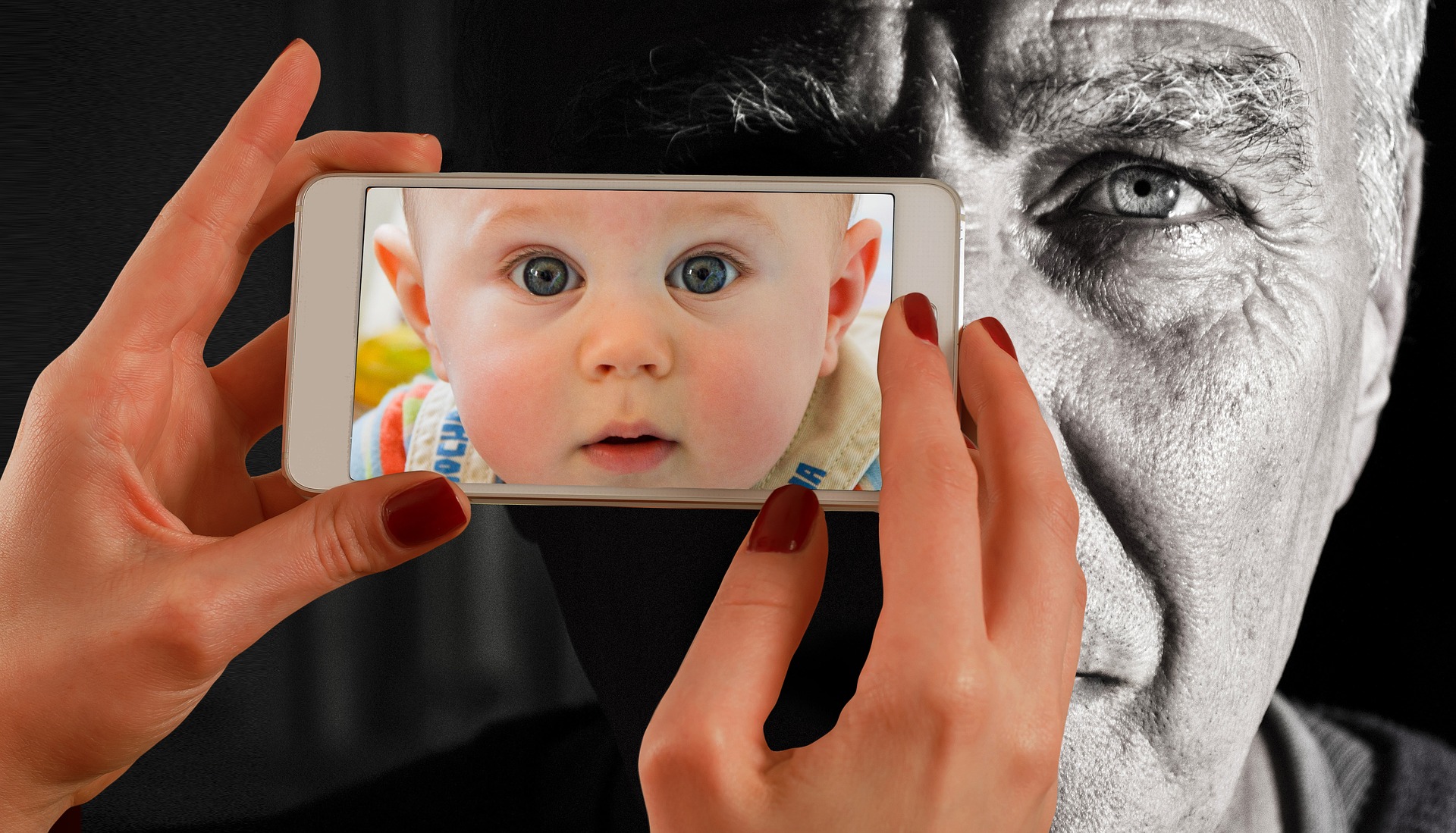
The Surprising Start and Success of Your Favorite Technologies
The COVID-19 pandemic has drastically accelerated the adoption of technology in business, enabling companies to optimize their operations and meet changing consumer expectations. In Part 1 of this article series, we discussed the origin and success of department stores, supermarkets, and the retail bar code.
Let’s continue this exploration of the past to discover the success of the future. In Part 2, we review e-commerce, smartphones, and robots. Now ubiquitous in our lives, how did they get their start and what can we expect in the future?
First Item Purchased Online
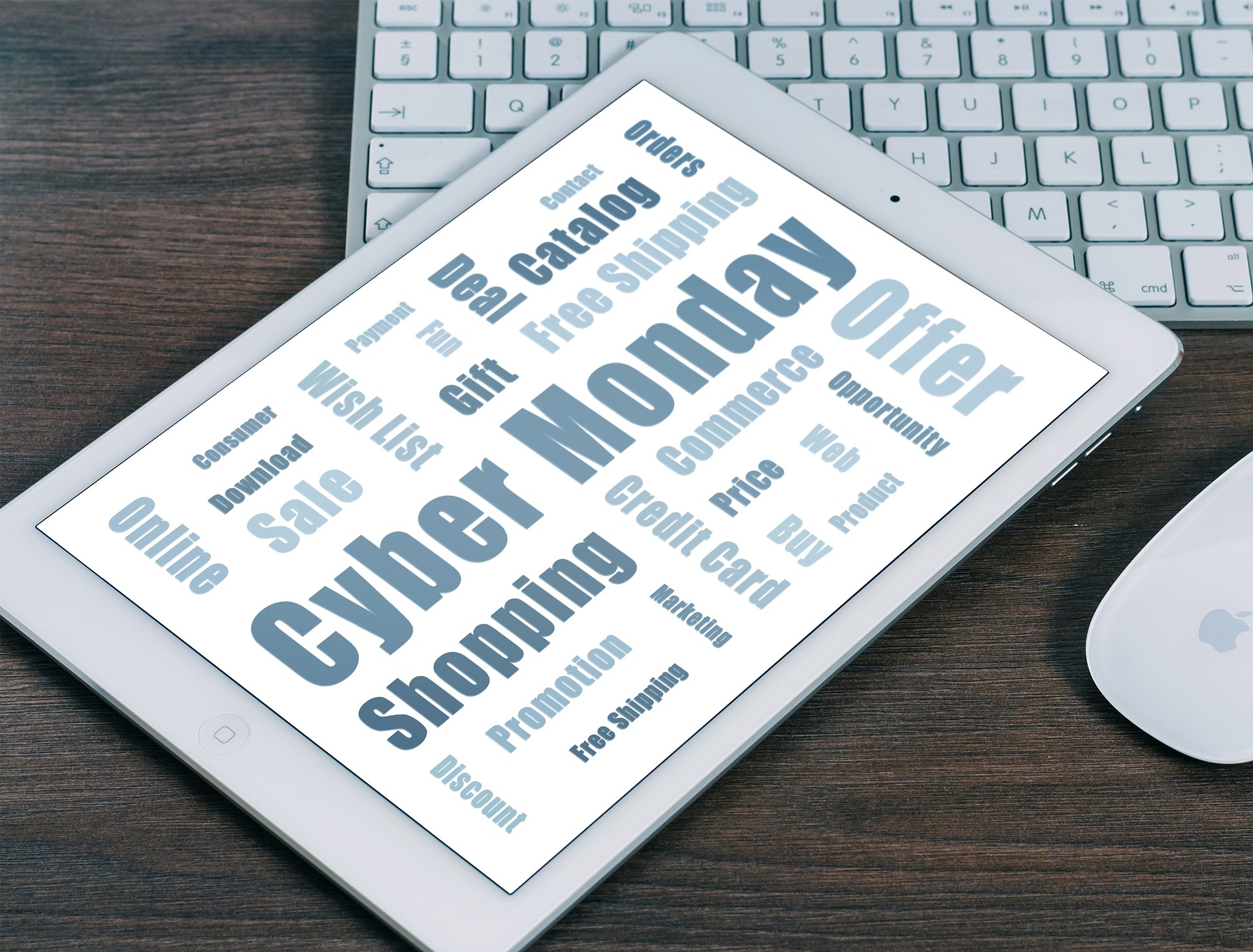 Sometimes it seems hard to believe there was a time before online shopping. Today, we can order basically anything, from books and housewares to groceries and cleaning supplies, to be delivered right to our door in just a few days. That convenience has certainly paid off, but how exactly did we get here.
Sometimes it seems hard to believe there was a time before online shopping. Today, we can order basically anything, from books and housewares to groceries and cleaning supplies, to be delivered right to our door in just a few days. That convenience has certainly paid off, but how exactly did we get here.
As with other emerging technologies, one can debate the origin of e-commerce. Candidates include a pizza, weed, a CD, or computer parts.
- Details
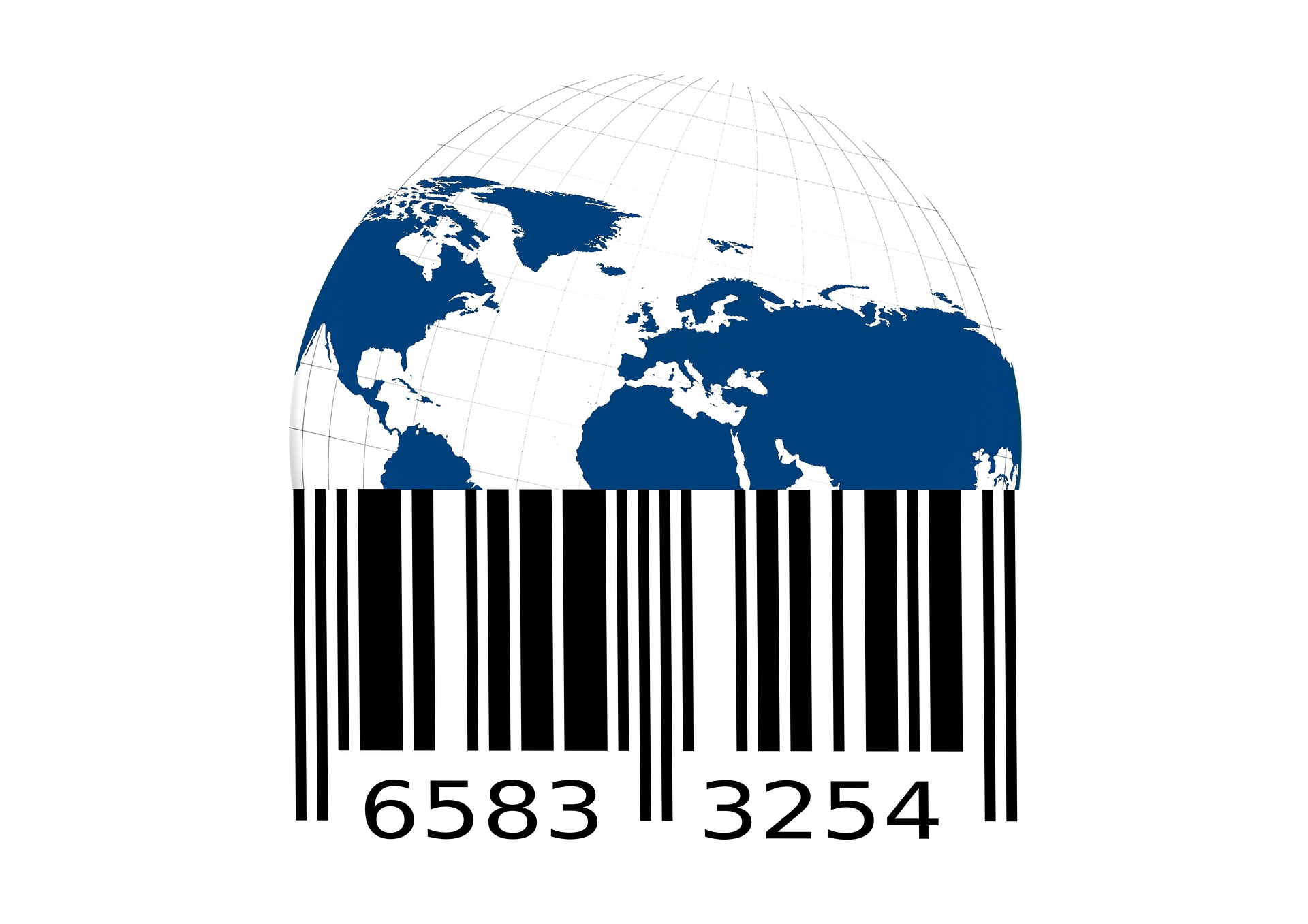
The Surprising Start of your Favorite Retail Formats and Technologies
Can you imagine shopping in a retail store without bar codes or a cash register? In this first of a series of articles, we explore the evolution of retail -- from store formats to the continuous innovation and deployment of new technologies.
Who created the first supermarket and department store and how are these sectors performing today? From humble beginnings where are we today with technology innovations such as bar code scanning, the cash register, self-checkout, RFID, CCTV cameras, robots, drones, and much more?
As McKinsey recently summarized, “the pandemic has dramatically increased the speed at which digital is fundamentally changing business.”
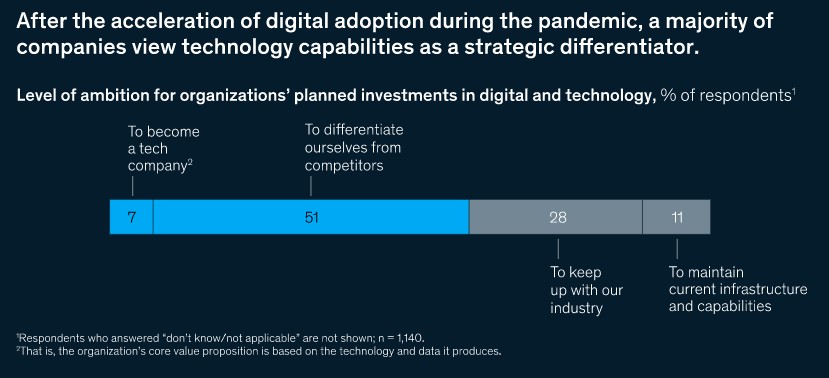
Fifty-one percent of companies are leveraging digital technologies, multiple of which are discussed in this series of articles, as strategic differentiators from competitors.
Let us start with store formats and that first consumer item scanned in a retail store.
The First Department Store
- Details
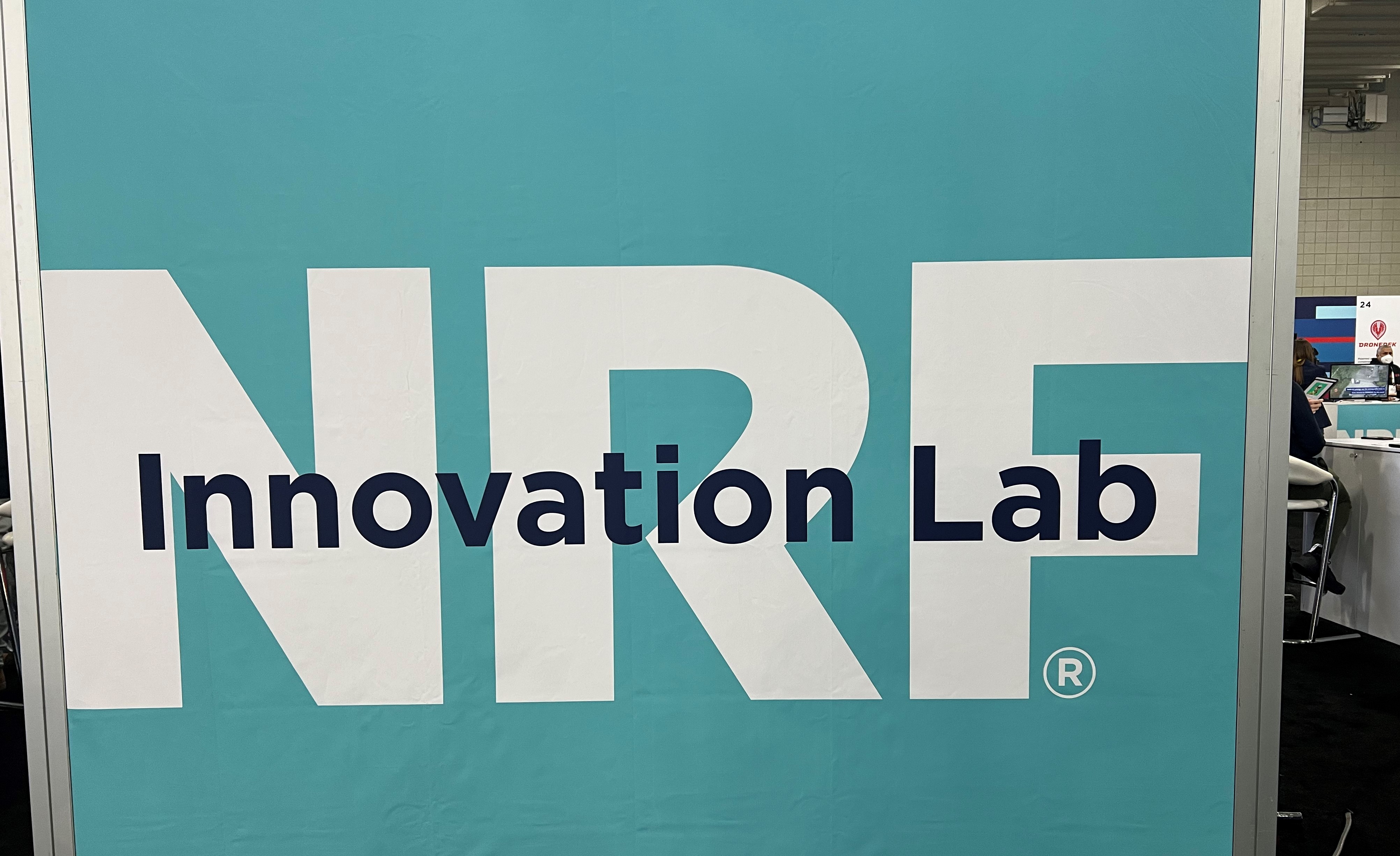
Attending NRF 2022 in New York last week on multiple levels was surreal. Three live offsite events that I attend every year were either cancelled, postponed to virtual or had last minute changes in locations due to COVID restrictions. Flights and hotels were changed three times to accommodate weather challenges in the South and the evolving customer meetings scheduled for the Big Show.
Multiple of the sessions that I attended had more people that I expected. Yet the main show floor was eerily empty of major exhibitors. Much innovation inspiration was possible by spending time in the busy innovation and start-up zones in the lower level.
Turns out fewer major booths and quality time with retailers more than offset initial COVID concerns. NRF did a great job with masks, using Clear to validate vaccinations, and providing COVID test kits to increase safety. The Big Show on some levels was actually getting too big and 2022 was a refreshing opportunity to moderately transition to the next phase of retail as we continue to emerge out of the pandemic.
Retail's Resiliency on Display in New York
- Details
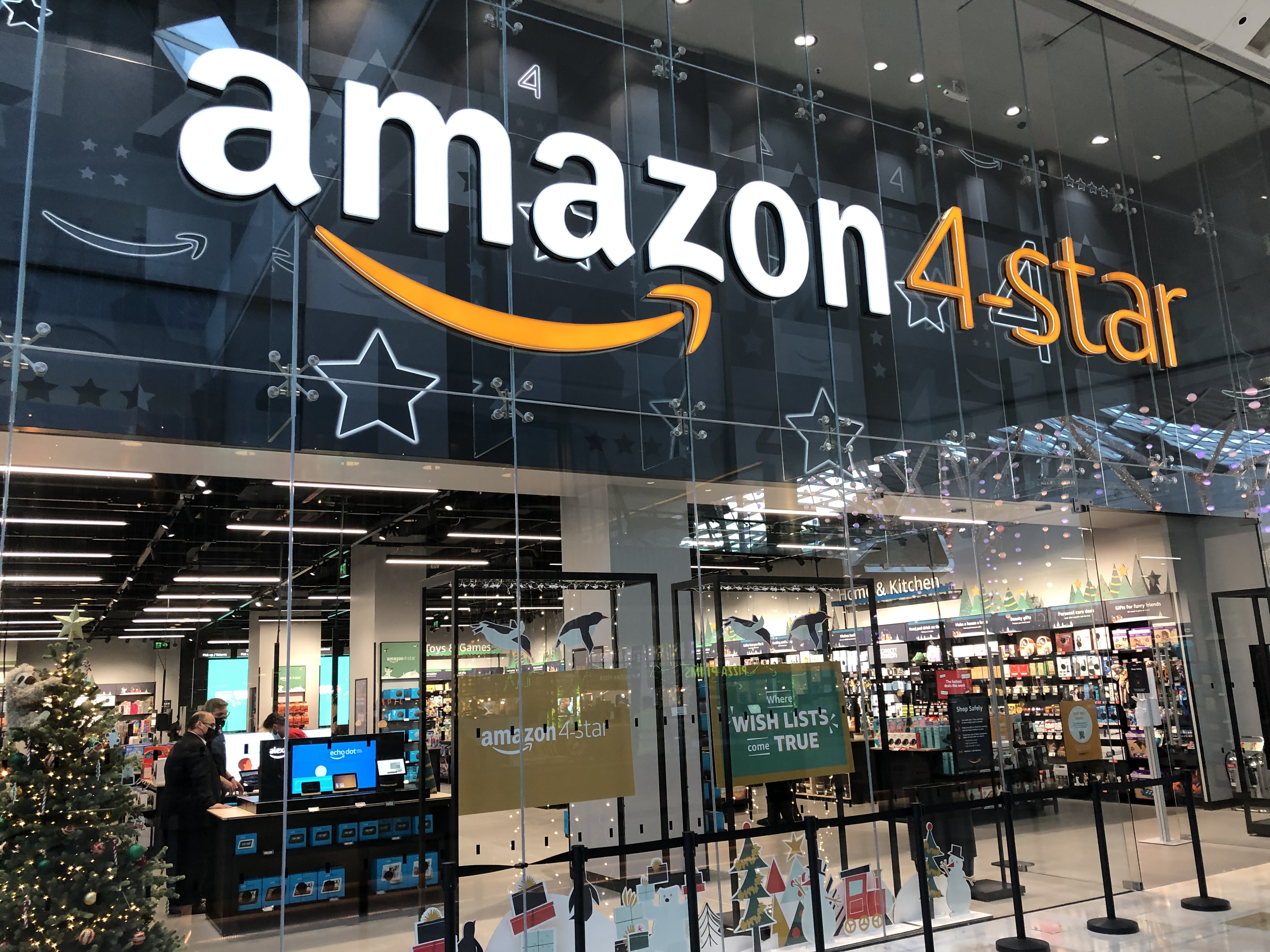
Amazon 4-star - London UK
Jeff Bezos had a few amazing tricks up his sleeve as he originally wanted to name the company 'Cadabra'. Amazon's first lawyer talked him out of it as the name sounded too similar to 'cadaver', especially over the telephone. When the company was founded on July 5, 1994, Bezos settled on the name Amazon because it started with the letter A and its association with the largest South America River.
Even though the original company focused on selling books online, Bezos' vision was always to become the 'everything store.' Fast forward to June this year, Amazon is now the most visited e-commerce website in the United States, with nearly 2.5 billion monthly visits. To put it in perspective, that is more than the next six major retailers online traffic combined.
"Beginning with booksellers, the e-commerce giant has expedited the closure of many retailers and threatens to redefine the standards of shopping in a digital world. Retailers are forced to lower prices, optimize their systems and processes, and reduce profit margins in favor of competition; meanwhile, Amazon continues its trek toward dominance. First coined in 2012 by Steve Weinberg, this is the Amazon Effect."
As we enter a new year, what is the status of the Amazon Effect? Is next year the end of physical retail? What are the key strategies to win the future of retail?
The Amazon Effect is Here to Stay
- Details

One year ago, I published a video titled “Leadership Skills for the Post COVID-19 ‘New Normal’.” Citing the accomplishments of Isaac Newton, in that video I summarized three leadership skills to ensure post-pandemic success.
During the ‘Great Plague’ of 1665, Newton was forced to self-isolate away from Cambridge in the countryside for over a year. This pandemic induced confinement became his ‘Annus Mirabilis’ or the ‘Year of Wonders’.
A few weeks ago, a year after the video, I had the great pleasure of visiting Cambridge University in the United Kingdom. On a guided tour through the campus, similar inspiring thoughts arose as a previous article on Florence Italy where I suddenly realized that I was walking the same streets as Leonardo da Vinci, Galileo, and Michelangelo.
In addition to Newton, what are some of the other history luminaries that walked the streets of Cambridge? Why was the pandemic isolation the ‘Year of Wonders’ for Newton? What leadership skills will be critical for post-COVID-19 success?
Walking in the Footsteps of Inspiring Cambridge History
- Details

As I wrote at the start of 2021, the impact of COVID-19 has delayed the arrival of the new roaring '20s projected pre-pandemic. As the Economist asked in sharing their thoughts on 2021, "do you feel lucky? The number 21 is connected with luck, risk, taking chances and rolling the dice. It’s the number of spots on a standard die, and the number of shillings in a guinea, the currency of wagers and horse-racing."
From a leadership point of view, I do feel lucky as 2021 has turned out to be an outstanding year. At the beginning of the year, I started a new career as a retail CEO for a global security company. My social media channels continued to grow in 2021 with my favorite now becoming TD Insights Live on YouTube.
Every minute 500 hours of new content is loaded on YouTube. Have appreciated that in 2021, my personal YouTube views grew by tens of thousands. A new in-home studio major re-design is in progress to expand my passion for visual communications into 2022.
As we reach the end of year, it's time to reflect on my favorite lucky seven innovation leadership videos of 2021.
The World in 2050: Future Technology - Future Now
- Details

Good news this month as reported in the Wall Street Journal that USA retail sales in September increased 0.7% from the previous month and are running 13.9% ahead of same time last year. Bad news that one of the contributing factors to this growth is inflation which increased 5.4% in the same period.
On the retail sales front, we are well past the pandemic lows and growth has robustly returned. Call it "revenge spending" or pent-up demand, shoppers are once again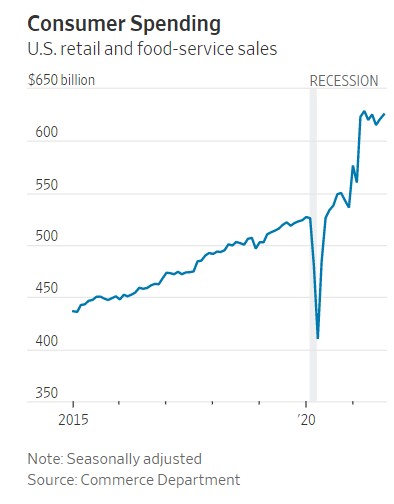 eagerly shopping online and in-store and looking forward to a positive holiday season.
eagerly shopping online and in-store and looking forward to a positive holiday season.
Contrary to this USA trend, retail sales in Europe slowed in August rising only 0.3%, after a sharp decline in July of -2.3%. The other very important global retail economy of China had August sales rising 2.5% which a deterioration from July's 8.5% increase. For the year, China's retail sales are expected to grow 15%.
As we approach the critical 2021 retail holiday season, "uncertainty" seems to be the operative word. What are the latest holiday forecasts? Will Santa Claus arrive on time with all those presents? Will the Grinch steal Christmas?
Digital Retail Sales Influence Globally is Here to Stay
- Details
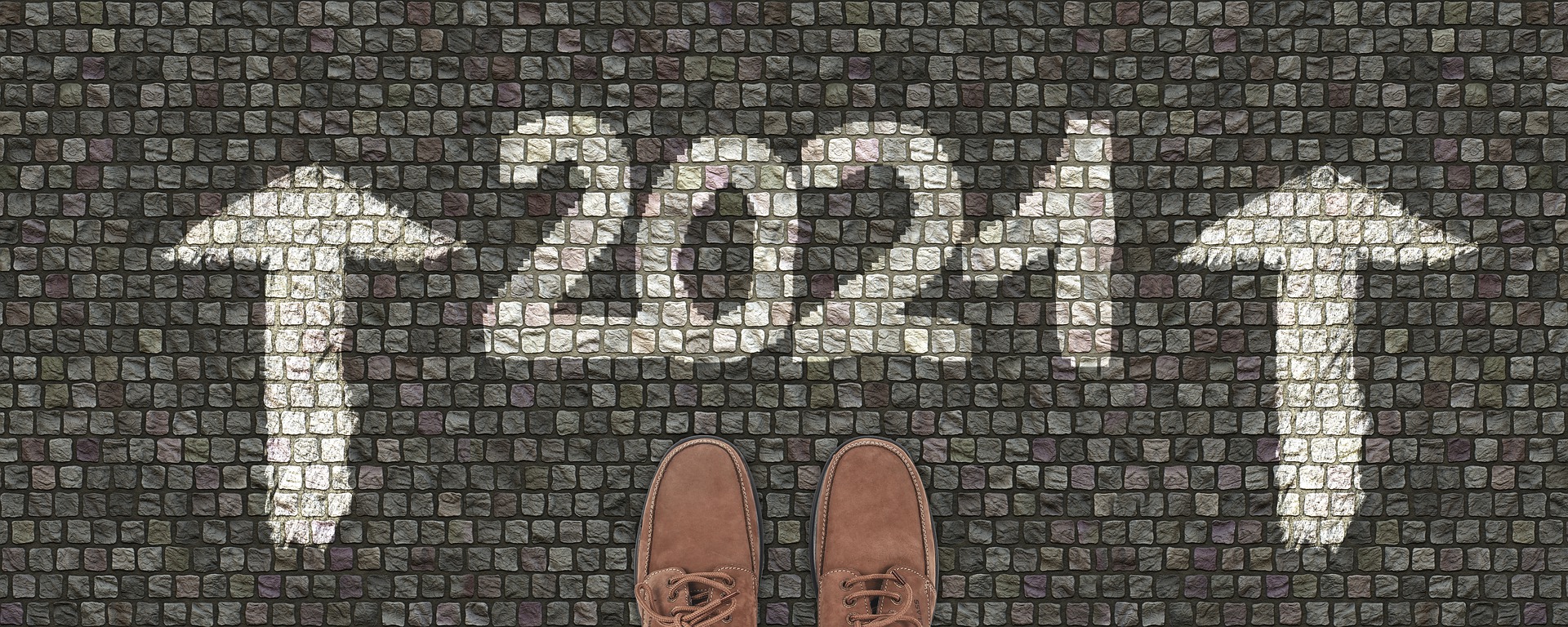
While dealing with the Delta variant and continuing to recover from the COVID-19 health crisis, the hot days of August is a good time to ponder the economic and retail predictions for the balance of 2021.
The global economy is quickly recovering from the impact of the COVID-19 pandemic, with growth likely to approach 6% in 2021 and continue at 4.6% in 2022. However, while the global economic recovery from the COVID-19 recession has shown strong rebound effects, global output is still expected to remain as much as 2% below the pre-pandemic forecast up until 2023.
Brick-and-mortar sales generated over $18.5 trillion in the United States in 2020. After the past few months, I predict that we will see similar exciting changes across the retail industry starting in advanced economies. The USA National Retail Federation (NRF) raised their 2021 forecast in June and predicted that this year will be the fastest retail growth year since 1984. On the other side of the world, in an equally important large economy, China retail sales are projected to increase 14.7% in 2021.
The Steady Recovery of the Global Economy in 2021
- Details
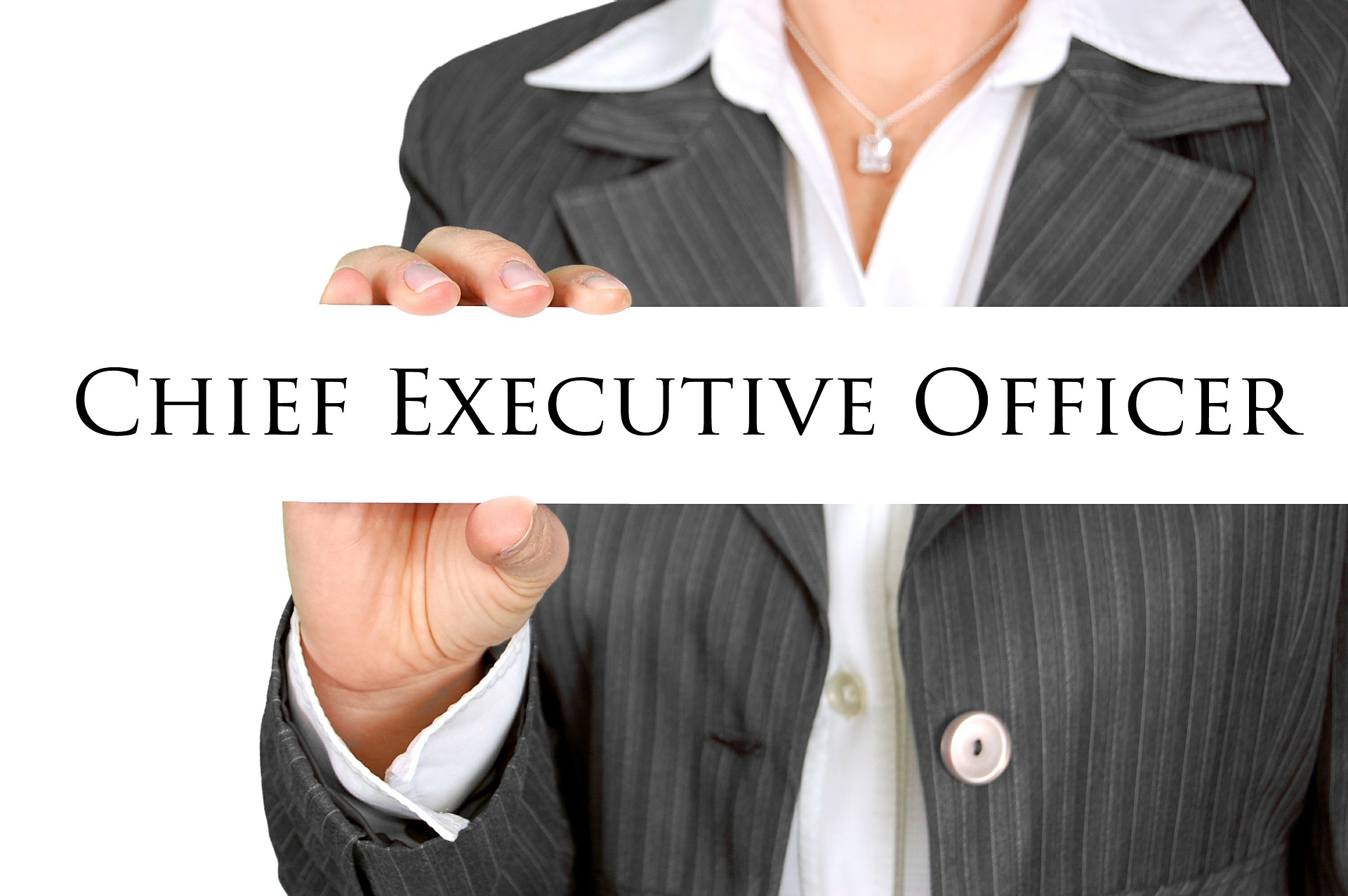
The past three years as a CEO have been a whirlwind. After a successful corporate career in security and information technologies, I transitioned to TD Insights, a consulting firm focused on private equity retail innovation companies. From Artificial Intelligence (AI) to the Internet-of-Things (IoT), I had the great pleasure of working with leading companies from Silicon Valley to Ireland.
Earlier this year, I took on an additional CEO role for the retail business of a global security company. The rationale was very simple; I have researching the future of retail for some time, and this was an opportunity to now shape it.
There is no perfect way to prepare for the life of a CEO. The same continuous learning strategy adopted for TD Insights many years ago was transitioned into the new role. If you aspire to be a leader, you need to adapt, learn, and try new ideas, or your first time might be your last. Here are five critically important lessons that every CEO must learn.
Focus On the Customer
- Details


